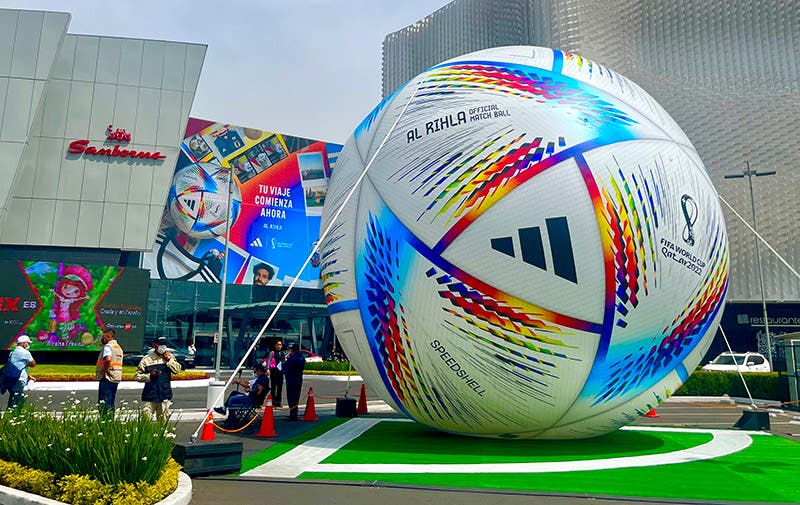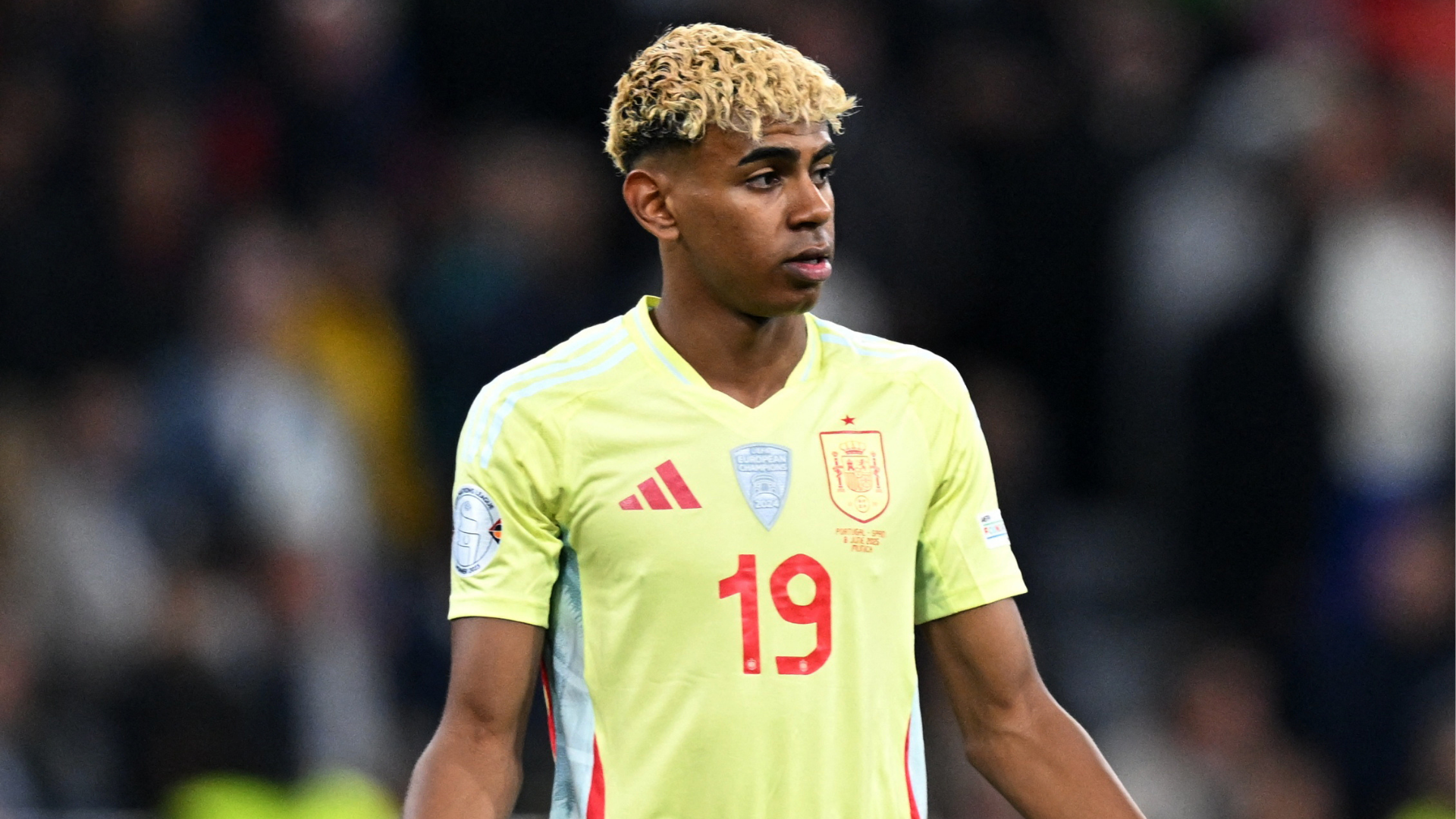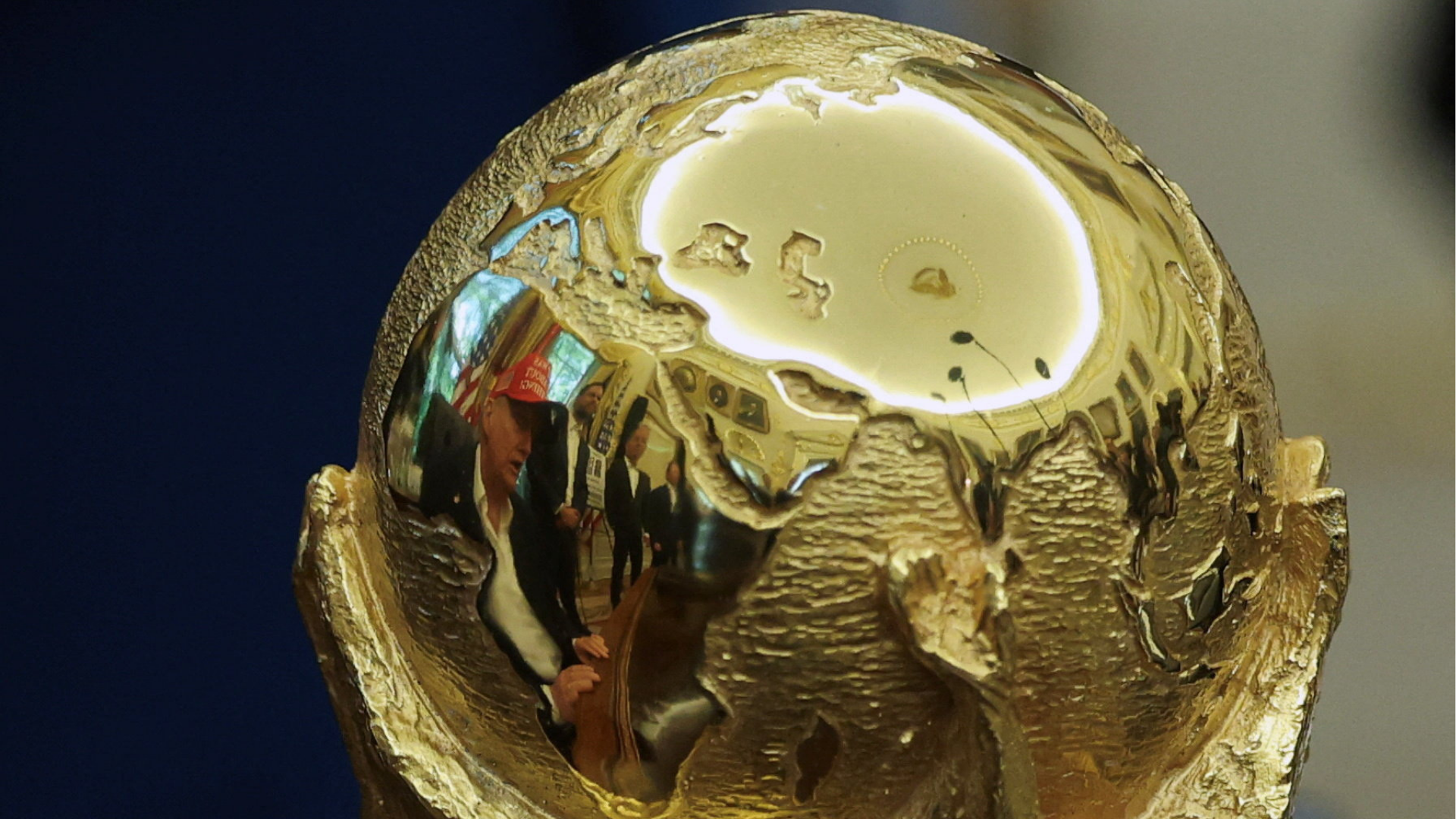(PHOTOS) The Evolution of FIFA World Cup Balls Through History
With the 2026 FIFA World Cup in United States, Mexico, and Canada just around the corner, anticipation is building for the unveiling of the new official ball. The stakes are high—not only will it be the centerpiece of the world’s biggest sporting event, but it is also expected to be the last World Cup ball touched by Lionel Messi.
How Did the First World Cup Balls Look?
The story began in Uruguay 1930, when balls were made of leather and animal bladders. The iconic “tiento” often caused cuts and injuries, leading players to wear caps for protection. The very first World Cup final even had controversy: Argentina and Uruguay couldn’t agree on which ball to use, so each half was played with a different one.
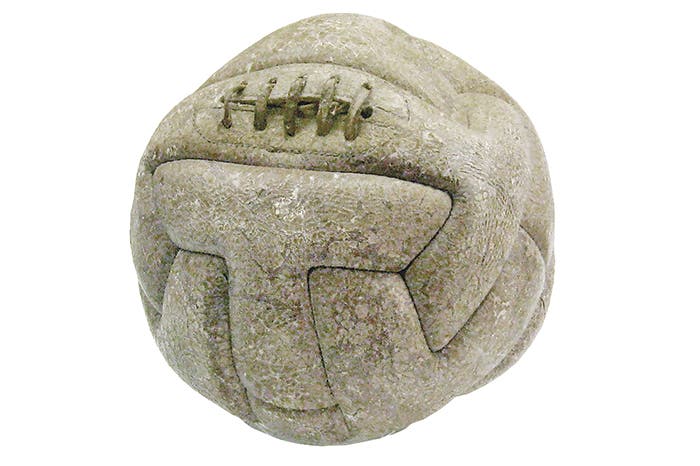
What Changed in 1970 With Adidas’ Arrival?
A revolution came in Mexico 1970 with the debut of the Telstar, created by Adidas, featuring the now-iconic 32 black-and-white panels. Since then, Adidas has held the exclusive rights to World Cup ball design.
Historic editions followed, such as:
- Tango Durlast in Argentina 1978
- Azteca in Mexico 1986
- Tricolore in France 1998
Each became synonymous with unforgettable moments, including Diego Maradona leading Argentina to their second world title in 1986.
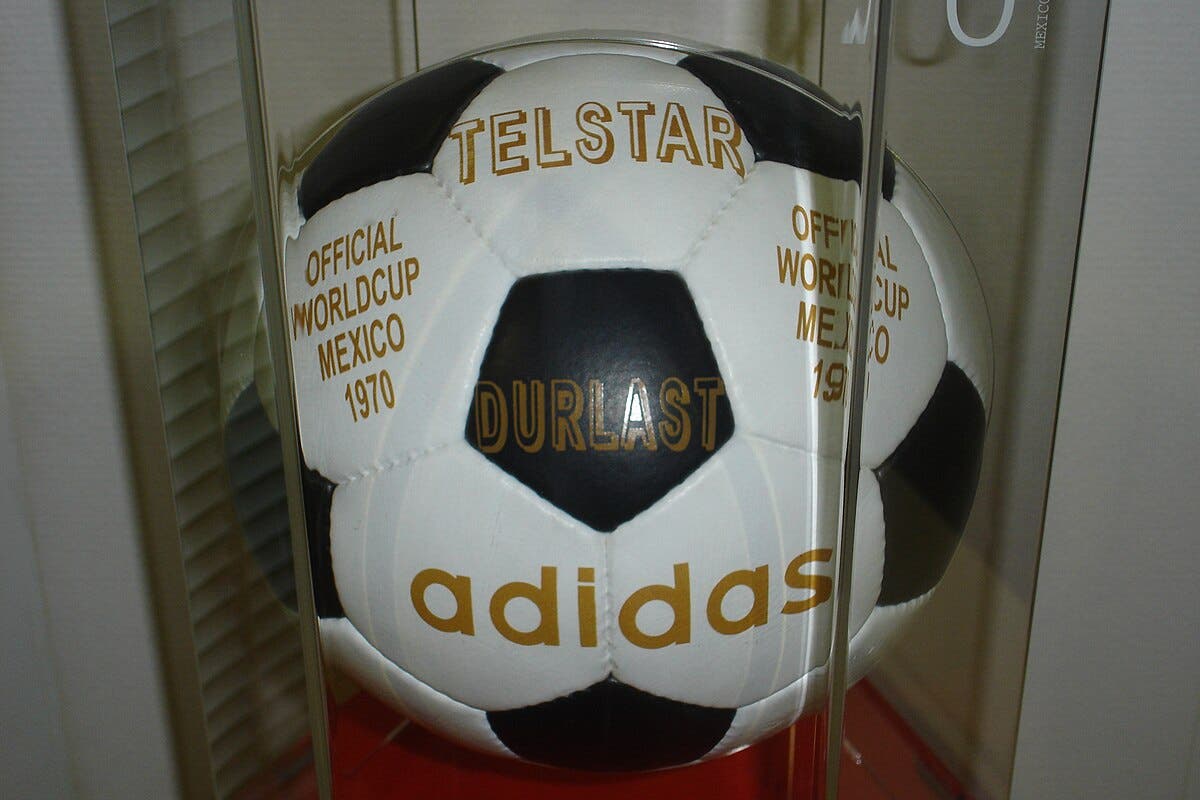
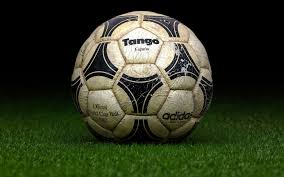
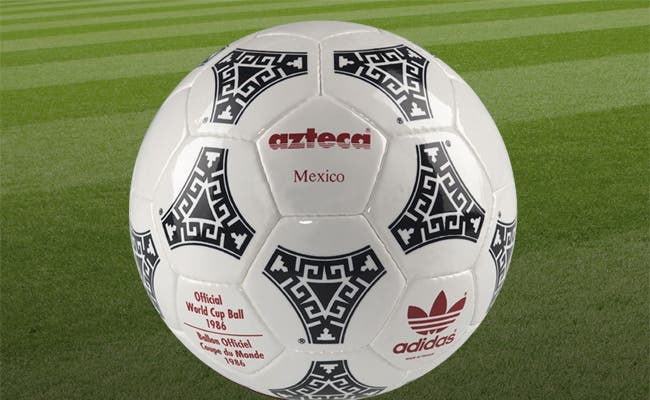
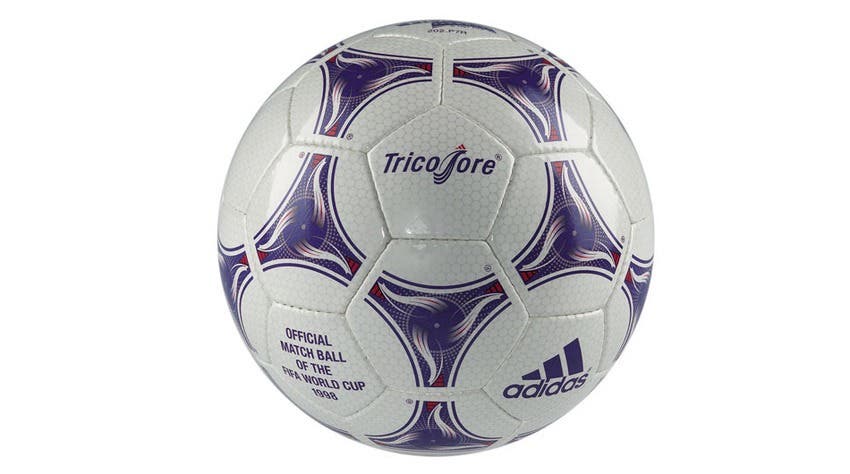
What Defined the Modern Era Since 2002?
The Fevernova in Korea-Japan 2002 ushered in a new age driven by technology and cultural identity. Each edition’s design reflected the host nation:
- Teamgeist (Germany 2006)
- Jabulani (South Africa 2010), infamous for its unpredictable flight
- Brazuca (Brazil 2014), widely celebrated for balance and feel
- Telstar 18 (Russia 2018), which even included an integrated microchip
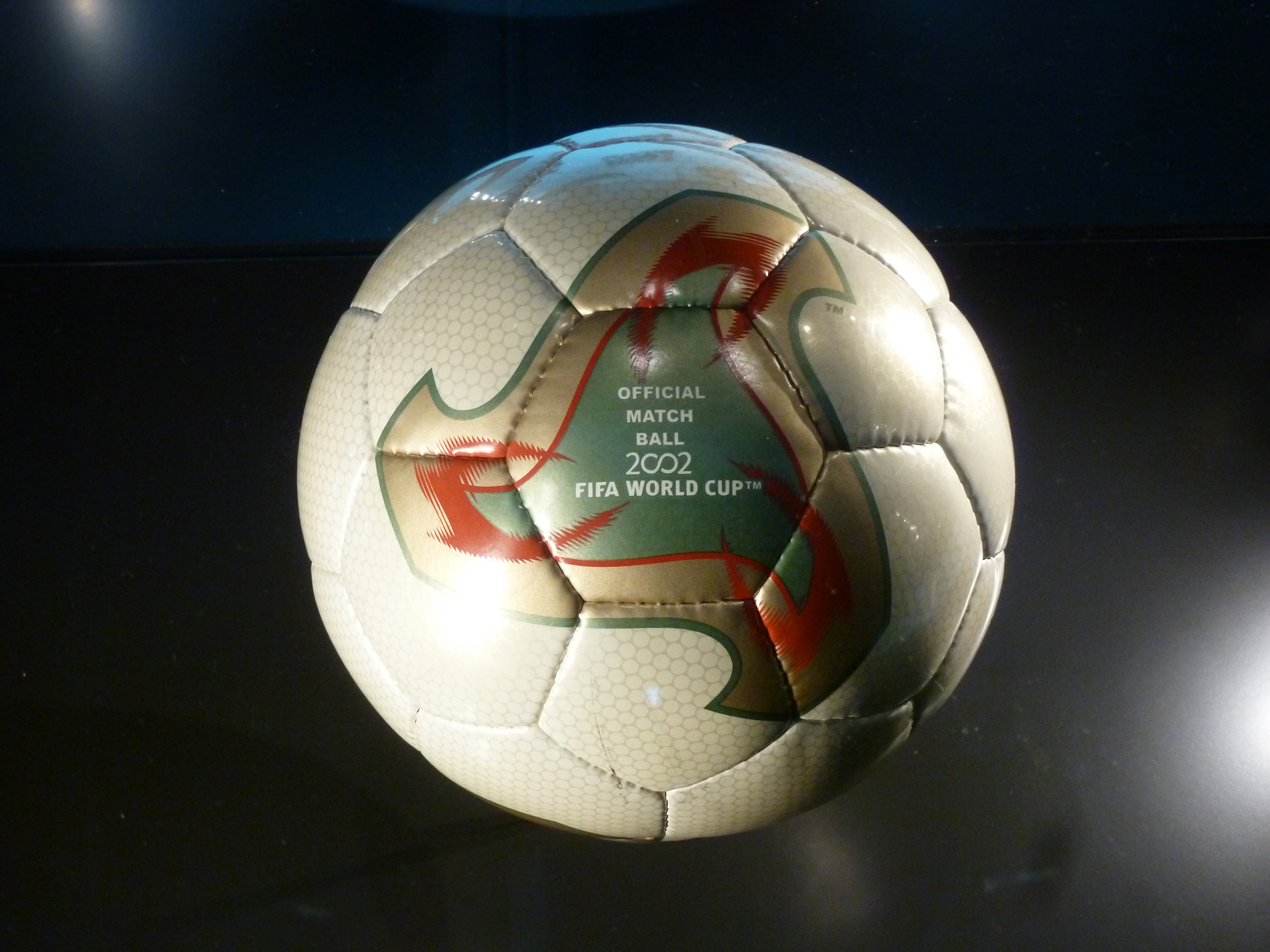
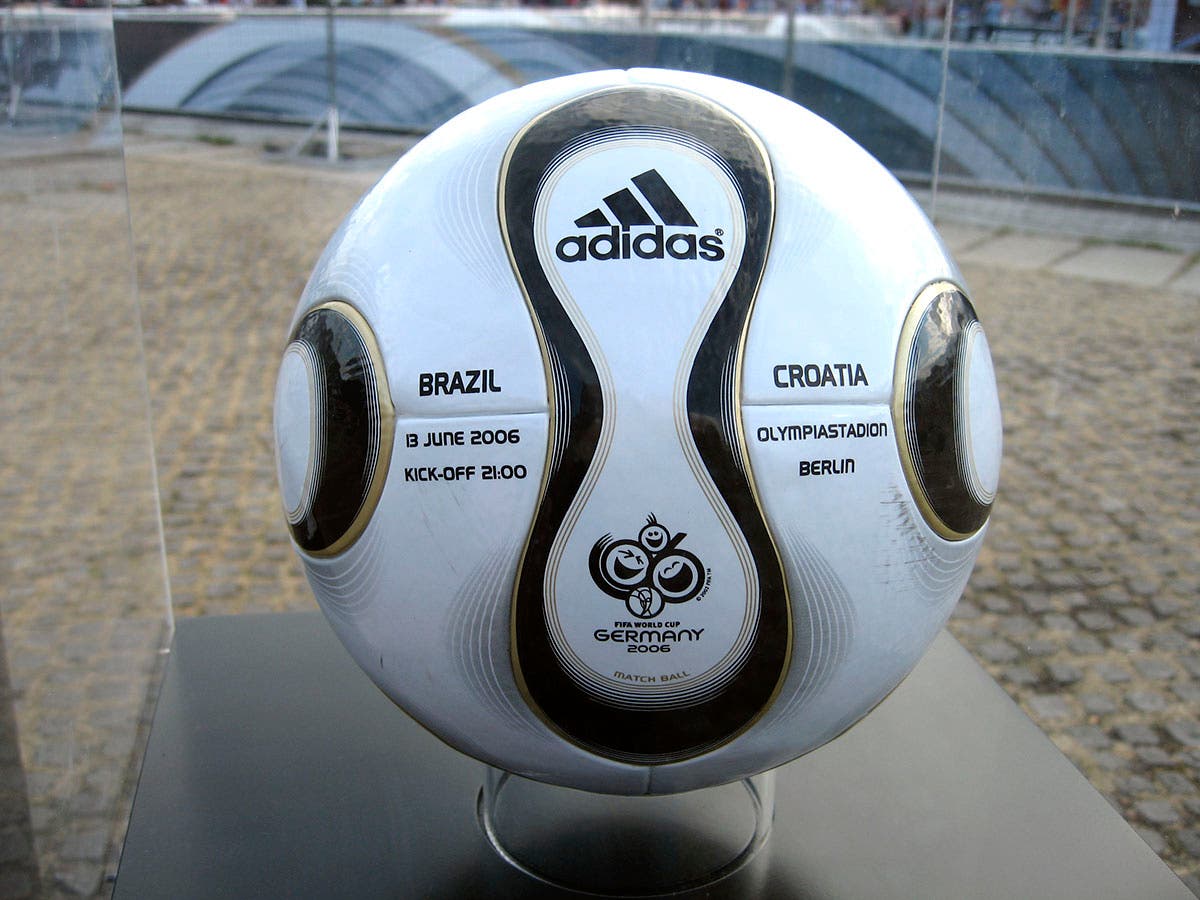
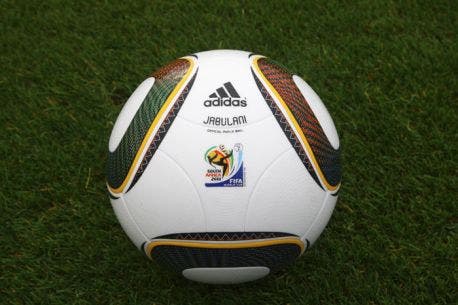
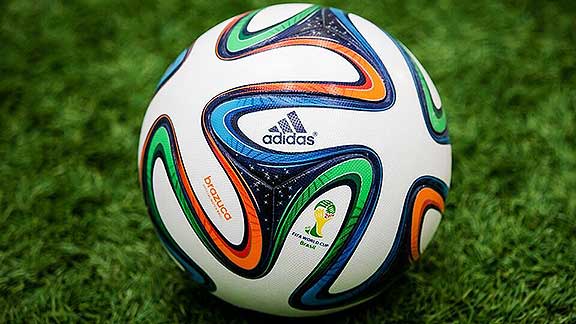
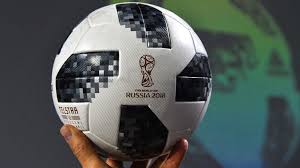
What Was the Last World Cup Ball?
In Qatar 2022, the Al Rihla stole the spotlight. Its name, meaning “The Journey” in Arabic, was inspired by local architecture and the Qatari flag. It became legendary as the ball with which Argentina and Lionel Messi lifted the World Cup trophy after 36 years of waiting.
